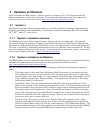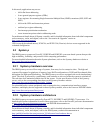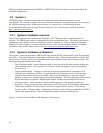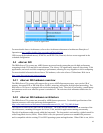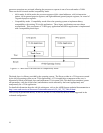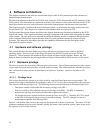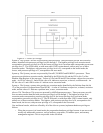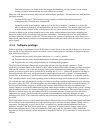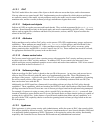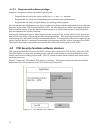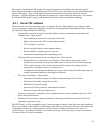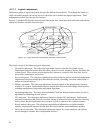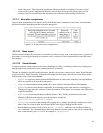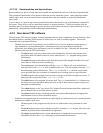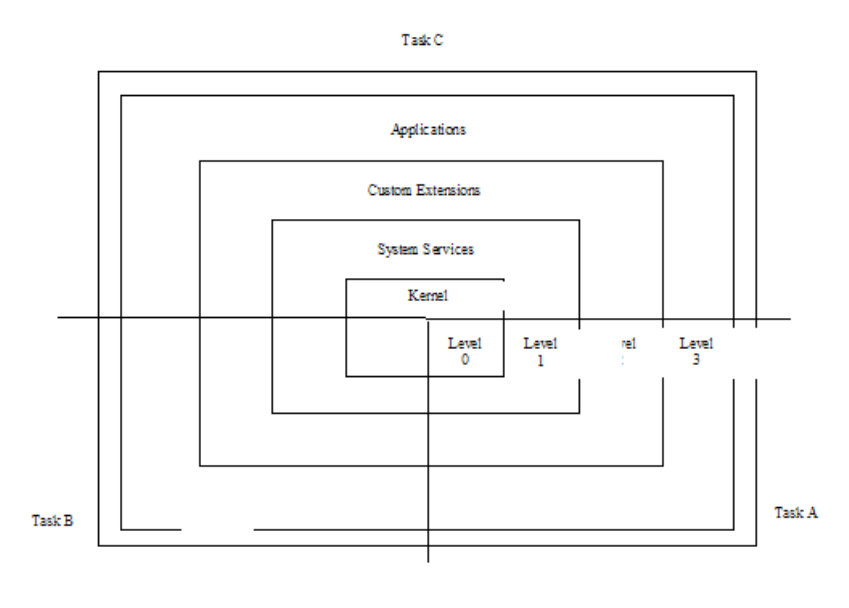
System x: The System x servers are powered by Intel processors. Intel processors provide four execution
modes, identified with processor privilege levels 0 through 3. The highest privilege level execution mode
corresponds to processor privilege level 0; the lowest privilege level execution mode corresponds to processor
privilege level 3. The SLES kernel, as with most other UNIX-variant kernels, utilizes only two of these
execution modes. The highest, with processor privilege level of 0, corresponds to the kernel mode; the
lowest, with processor privilege of 3, corresponds to the user mode.
System p: The System p servers are powered by PowerPC, POWER5 and POWER5+ processors. These
processors provide three execution modes, identified by the PR bit (bit 49) and the HV bit (bit 3) of the
Machine State Register of the processor. Values of 0 for both PR and HV bits indicate a hypervisor execution
mode. An HV bit value of 1, and a PR bit value of 0, indicate a supervisor, or kernel, execution mode. An
HV bit value of 1 and a PR bit value of 1 indicate a user execution mode.
System z: The System z systems also provide two execution modes identified by the Problem State bit (bit
15) of the processor’s Program Status Word (PSW). A value of 0 indicates a supervisor, or kernel, execution
mode, and the value of 1 indicates a problem state, or user, execution mode.
eServer 326: The eServer 326 servers are powered by AMD Opteron processors. These processors provide
four execution modes identified with processor privilege levels 0 through 3. The highest privilege level
execution mode corresponds to processor privilege level 0; the lowest privilege level execution mode
corresponds to processor privilege level 3. The SLES kernel, as with most other UNIX-variant kernels, only
utilizes two of these execution modes. The highest, with processor privilege level of 0, corresponds to the
kernel mode; the lowest, with processor privilege of 3, corresponds to the user mode.
User and kernel modes, which are offered by all of the eServer systems, implement hardware privilege as
follows:
• When the processor is in kernel mode, the program has hardware privilege because it can access and
modify any addressable resources, such as memory, page tables, I/O address space, and memory
management registers. This is not possible in the user mode.
19
Figure 4-1: Levels of Privilege




